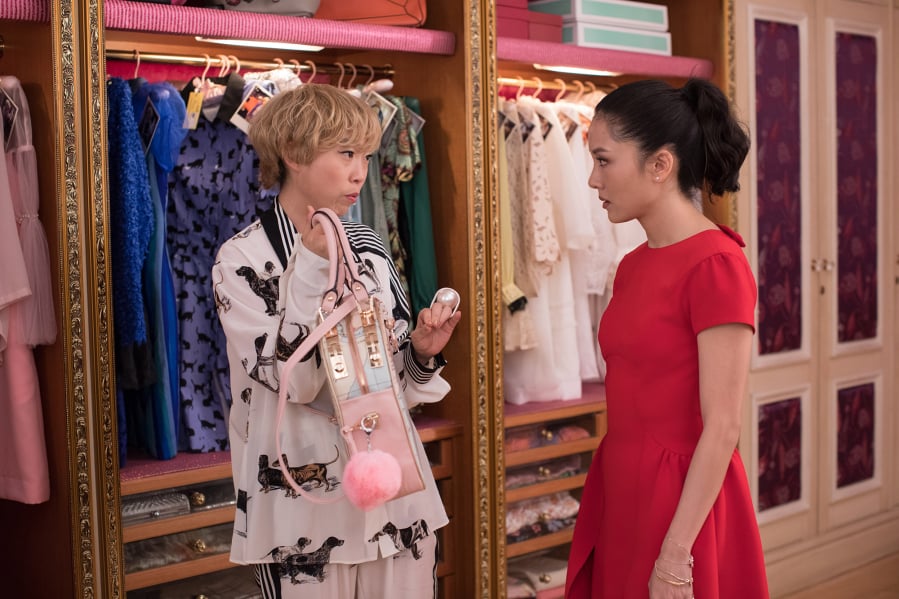Female protagonists led a record percentage of 2018’s top movies, according to a new study from San Diego State University’s Center for the Study of Women in Television and Film.
The annual report, which analyzed more than 2,500 characters appearing in the 100 top domestic-grossing films of 2018, found that the percentage of films featuring female protagonists increased to 31 percent in 2018 — a notable jump from 24 percent in 2017, and a slight uptick from the previous high of 29 percent achieved in 2016.
“Frankly, 2017 was a bad year for female protagonists,” Martha Lauzen, professor and executive director of SDSU’s Center for the Study of Women in Television and Film, told The Times on Monday.
“(Last year’s movies) were a record high since I’ve been doing this research since 2002,” she continued. “Protagonists are tremendously important, because it’s from their perspective that the story is told, so it’s wonderful to see more women in those roles.”
These female protagonists were most likely to appear in comedies (32 percent), followed by dramas (29 percent), horror films (19 percent), science fiction features (10 percent), action features (7 percent), and films in other genres (3 percent).
“Female protagonists aren’t just in romantic comedies anymore,” Lauzen said with a laugh. “In fact, they were fairly well-presented across genres. This is a positive because, if one genre falls out of favor temporarily — as genres sometimes do, the way the romantic comedy did for a while — we won’t see a dramatic decline in the numbers onscreen.”
However, the percentages of female-speaking characters and major characters remained relatively stagnant. Females constituted 35 percent of speaking characters (up 1 percentage point from 34 percent in 2017) and 36 percent of major characters (down 1 percentage point from 2017). Generally speaking, major characters are categorized as those who are instrumental to the action of the story.
The study also noted that the gender representation in a movie often correlated to the genders of its creative team. For example, in films with at least one female director and/or writer, females composed 57 percent of protagonists (as opposed to films with male directors and/or writers, of which females accounted for 21 percent). Stressed Lauzen, “It really does matter who is working in those key behind-the-scenes roles.”



